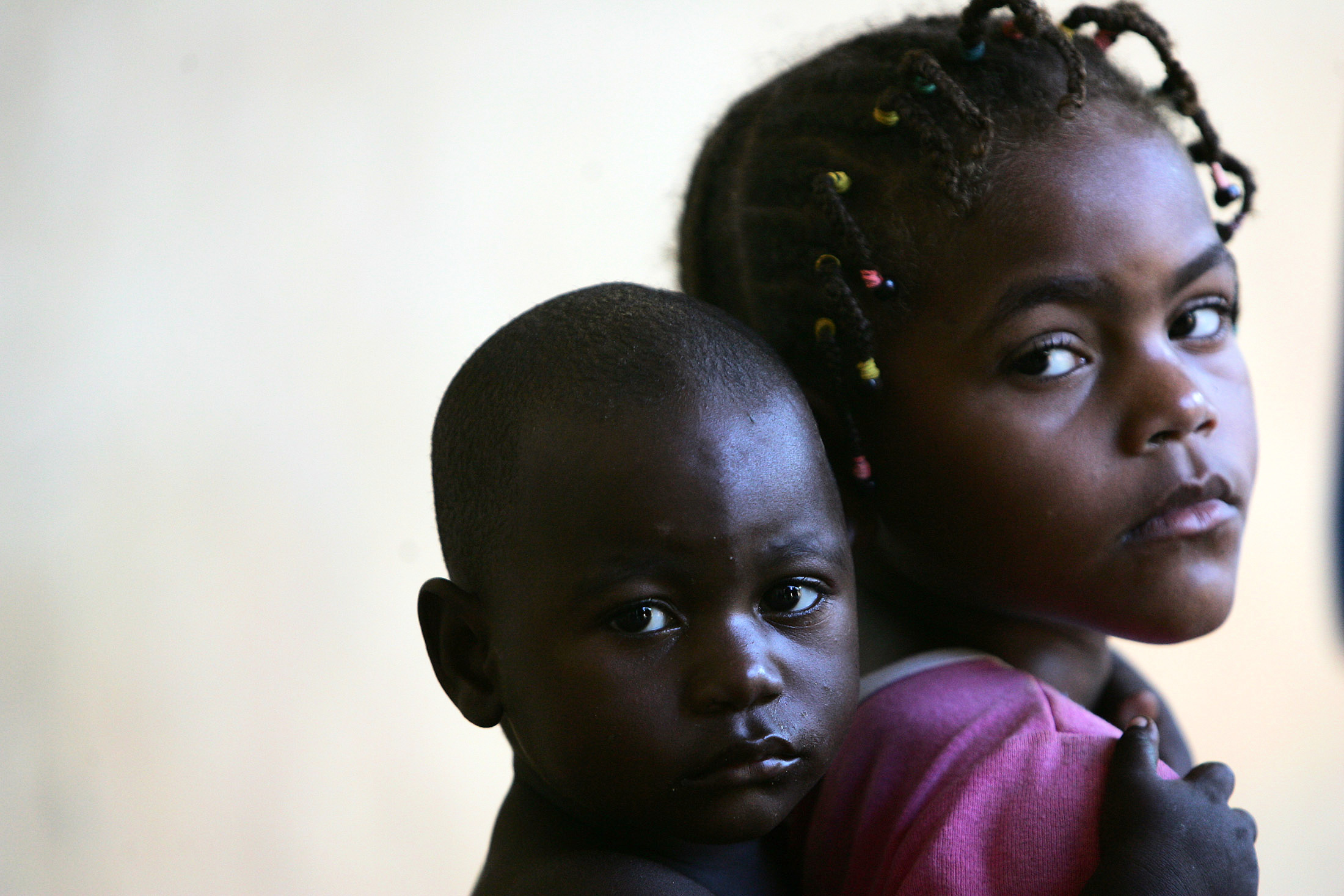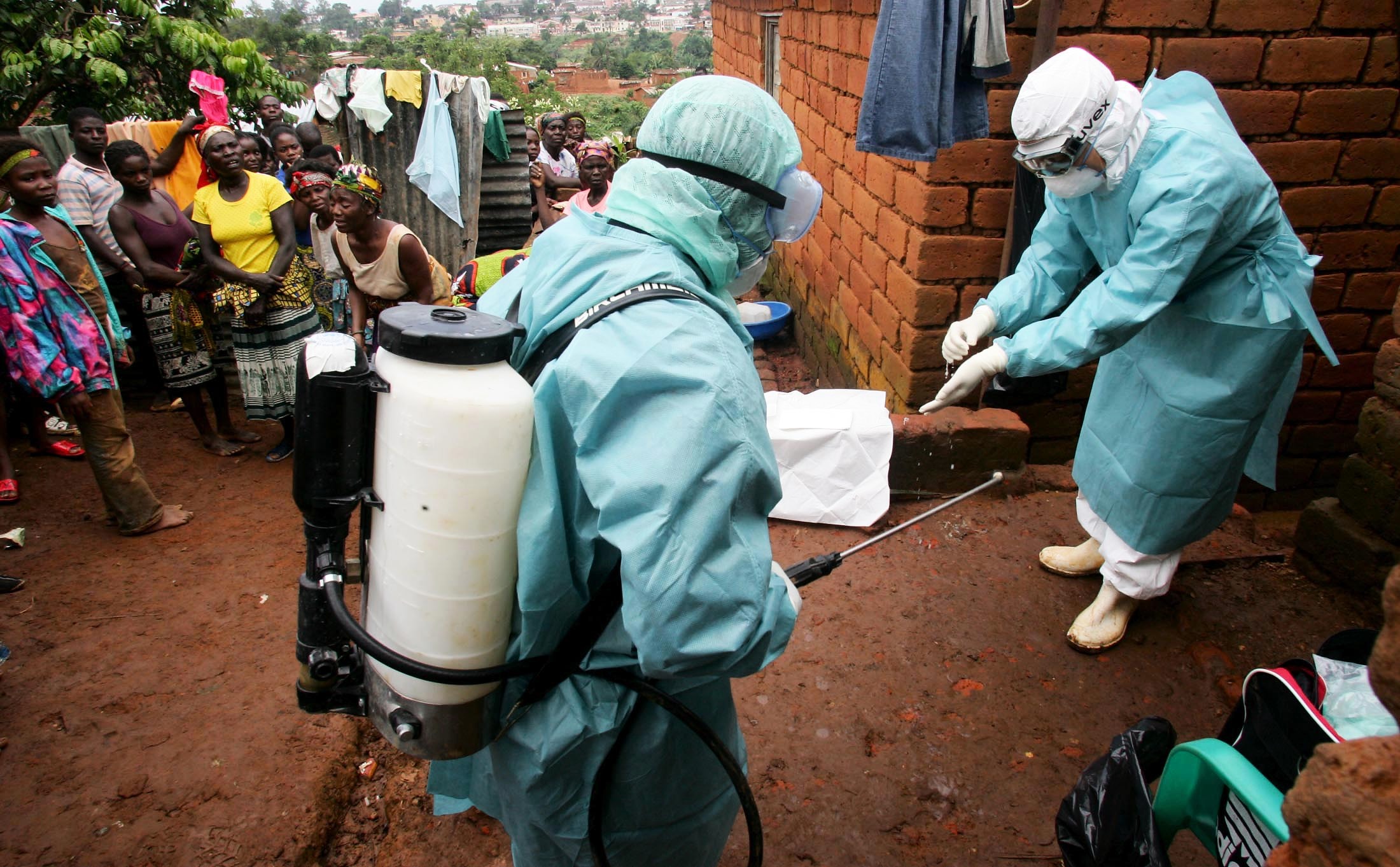
views
Seven people have been killed in an outbreak of Marburg virus in Equatorial Guinea, with a further 20 deaths “probably” due to the hemorrhagic fever, the World Health Organization had said on Thursday. Authorities in Tanzania’s northwestern Kagera region stated earlier this week that five people had died and three others had been infected with the Marburg virus, a highly deadly, Ebola-like disease, according to report.
The outbreak of the virus, which is almost as deadly as Ebola, has now spread beyond the province of Kie-Ntem, where it caused the first known deaths in January.
What’s the Current Situation?
The spread of Marburg “is a critical signal to scale up response efforts to quickly stop the chain of transmission and avert a potential large-scale outbreak and loss of life,” Dr Matshidiso Moeti, the WHO’s regional director for Africa was quoted as saying by AFP.
Since the start of the outbreak, “there have been a total of nine laboratory-confirmed cases and 20 probable cases”, the WHO said in a report on its website.

“Of the nine laboratory-confirmed cases, seven people have died and all probable cases have died.”
Among the 20 probable cases, the patients had all the symptoms of the disease and had been in contact with confirmed cases, but samples could not be taken from their bodies, or they could not be treated, a WHO official told AFP Thursday.
The epidemic is a serious problem in three of Equatorial Guinea’s four mainland provinces.
In eastern Africa, Tanzania said Tuesday that five people had died from the virus, while neighbouring Uganda, which had its last outbreak in 2017, said it was on “high alert”.
The WHO said additional experts in epidemiology, logistics, health operations and infection prevention and control would be deployed in the coming days.
What are Its Symptoms?
The Marburg virus causes severe fever, often accompanied by bleeding and organ failure.
The incubation period ranges from two to twenty-one days. The illness produced by the Marburg virus appears suddenly, with a high temperature, severe headache, and severe malaise. On the third day, severe watery diarrhoea, stomach pain and cramps, nausea, and vomiting may occur. Severe haemorrhagic signs frequently develop five to seven days after the onset of symptoms, and fatal patients usually have some sort of bleeding, often from numerous sites. Death occurs most frequently between eight and nine days following the onset of symptoms, and is usually preceded by substantial blood loss and shock, the WHO explains.

It is part of the so-called filovirus family that also includes Ebola, which has wreaked havoc in several previous outbreaks in Africa.
How Does it Spread?
Marburg spreads through direct contact (through broken skin or mucous membranes) with infected people’s blood, secretions, organs, or other body fluids, as well as surfaces and objects (e.g., bedding, clothing) contaminated with these fluids, according to the WHO. Previously, healthcare personnel were infected while treating patients with suspected or proven MVD. Funeral ceremonies that entail close touch with the deceased’s body can also contribute to the spread of Marburg.
From Where Does it Originate?
The suspected natural source of the Marburg virus is the African fruit bat, which carries the pathogen but does not fall sick from it.

The virus takes its name from the German city of Marburg, where it was first identified in 1967, in a lab where workers had been in contact with infected green monkeys imported from Uganda.
The animals can pass the virus to primates in close proximity, including humans, and human-to-human transmission then occurs through contact with blood or other body fluids.
Fatality Rate?
Fatality rates in confirmed cases have ranged from 24 percent to 88 percent in previous outbreaks, depending on the virus strain and case management, according to WHO.

There are currently no vaccines or antiviral treatments, but potential treatments, including blood products, immune therapies and drug therapies, as well as early candidate vaccines, are being evaluated, the WHO says.
With inputs from AFP
Read all the Latest Explainers here




















Comments
0 comment